This most recent Daring Cooks challenge was truly a feat. Over three days, finally we feasted on the end product, a homey comforting French meat and beans dish called Cassoulet. In France, a traditional cassoulet contains preserved goose, sausages, pork and beans. More contemporarily, duck confit will be used in lieu of the goose. This challenge was comprised into three parts: preparing the duck confit, pre-cooking the beans, and finally creating and baking the cassoulet over the period of two days.
Ingredients:
2 duck legs
1.5 cups of duck fat (or other fat)
4 springs of thyme
1 sprig of rosemary
1 garlic clove
1 pound pork belly
1/2 pound pork belly rind
19 ounces white beans
3 onions (1 half halved, and one and one half sliced)
3 sausages
The first step in creating the cassoulet is to create (or easily, obtain) your duck confit. For this challenge, I bought a whole duck and first removed the legs to save them to make the confit. The legs should then be salted heavily and put in a container in the refrigerator overnight to cure.
Confit is simply a food cooked and preserved in some sort of fat. Duck confit is made by cooking the duck legs and thighs (still attached) in duck fat. So I had to have at least a cup and a half of duck fat to confit my duck legs. To do this, I first skinned the remaining duck minus legs and melted the skin down in a pot to render the fat. Removing the skin was much easier with the use of a curved knife to help slash the skin away from the meat.
Once you have as much fat and skin removed from the duck, to render the fat combine it with a half a cup of water in a pot over medium high heat and babysit the mixture for an hour or so until the skins are crispy like pork cracklings and the fat is a beautiful golden color. This website contains good information on rendering duck fat.
Once you’ve obtained your fat you can go ahead about making your confit. This technique works with a wide variety of foods, too. You can confit chicken legs, garlic, tomatoes, if you think of it, you can confit it. (While I’m not sure if all those items would preserve well, the taste would be richer!) Also, you certainly are not restricted to using duck fat to confit. You can just as easily use olive oil or butter or other animal lards.
Take your overnight cured salted duck legs, and put them in a dish with some of your fat brushed to coat the bottom. Pepper your legs and add in a garlic clove or two (or three or four if you want to try confit-ing them along with your legs as I did), a sprig of rosemary and a couple sprigs of thyme then cover with your fat or oil. From there, it’s in a hot 375 degree Fahrenheit oven for one hour, or until the skin begins to pull away from the bone. Ta-dah! Duck Confit.
Now, you’re really ready to begin cooking. Oh, well, actually not as the confit is much better if left to preserve for some time in the delicious duck fat. So allow the confit to cool, then cover and stick in the fridge at least overnight.
On the next day, you’re ready for day one of cassoulet cooking. First, quick boil your beans. You need 19 ounces of white beans. In a real cassoulet, they use “Tarbais” beans, but at whole foods they carry these not, so I used Great Northern Beans, and they were wonderful so I suggest you do the same. So, in a pot throw those beans, cover with water by at least four inches and bring to a boil for 3 minutes. Remove and toss any beans that float. Allow to soak for an hour in the hot water before proceeding.
Moving onward, drain your beans and return them to a large pot. In the pot, throw in half of an halved onion, a couple springs of parsley and thyme and a bay leaf all tied together, 1 pound of whole pork belly and some pork rind (about 2 ounces), cover with water and bring to a boil. Reduce to a simmer and cook for about one hour, seasoning with salt and pepper halfway through.
Meanwhile, heat up a hot skillet with a tablespoon of fat from your confit. Cook in the skillet 3 sausages until they’re browned on each side. Remove from the pan and set aside. Now, add in the same skillet one and a half onions sliced and sauté until they’re nice and brown. When they’re browned, add the onions into a blender. Await the drained bean mixture.
Once the bean mixture is finished boiling, drain the beans, reserving all the boiling water. Pick out and toss the herbs and onion from the beans. Remove the pork belly, cut into large pieces, and set aside with the sausages. Remove the pork rind and add it to the browned onions in the blender. Zazz them up until you have a smooth sauce. Now you’re really ready to put together your cassoulet!
Find your most wonderful ovenproof pot. Line the bottom of the pan with the the rest of the pork rind. Then, coat the bottom layer with beans. Add in your sausages, half the pork belly and half of the onion sauce, cover with beans, add in the rest of the pork belly and the duck confit, then top with the remaining onion sauce and beans. Add in the reserved bean boiling water until the beans are covered. You are now ready to bake!
The next two parts are easy. Once assembled, cook the cassoulet in the oven at 350 degrees Fahrenheit for one hour, then reduce the temperature to 250 and cook for another hour. Remove the cassoulet and let it sit until cool, then refrigerate. Wait until the next day (this is the hardest part). Cook in a hot oven on 350 degrees Fahrenheit for one hour. Remove from the oven, crack the cassoulet top and add in a fourth cup of reserved bean boiling water. reduce the oven heat to 250 and allow to cook another quarter of an hour or until hot. Then, delight in the comforting and scrumptious bean and meat dish that took you three days to make. Those three days make it taste all the better!
Blog Checking Lines (these must be included to be counted as having participated in the challenge!) Our January 2011 Challenge comes from Jenni of The Gingered Whisk and Lisa from Parsley, Sage, Desserts and Line Drives. They have challenged the Daring Cooks to learn how to make a confit and use it within the traditional French dish of Cassoulet. They have chosen a traditional recipe from Anthony Bourdain and Michael Ruhlman.

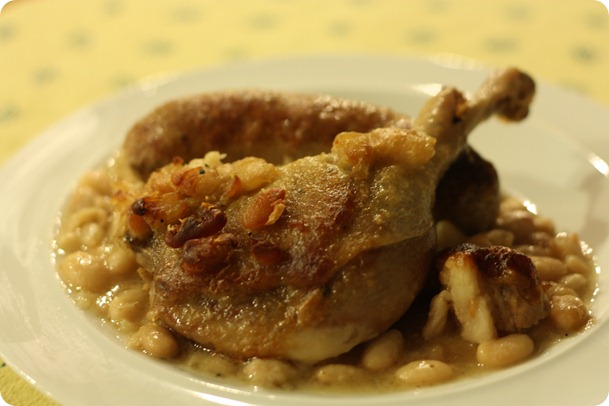

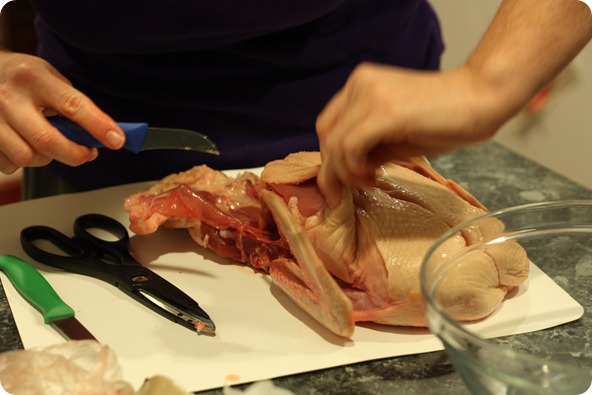
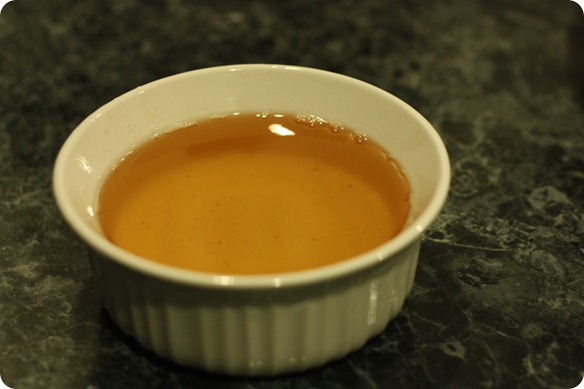
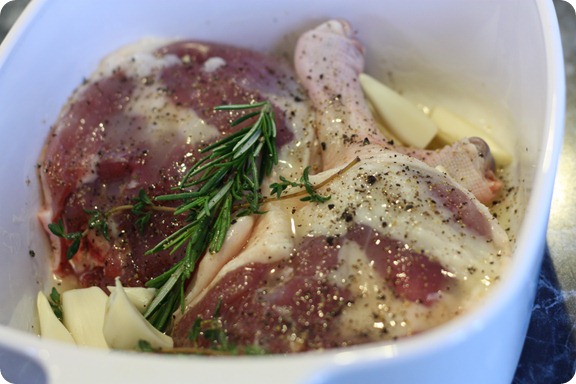
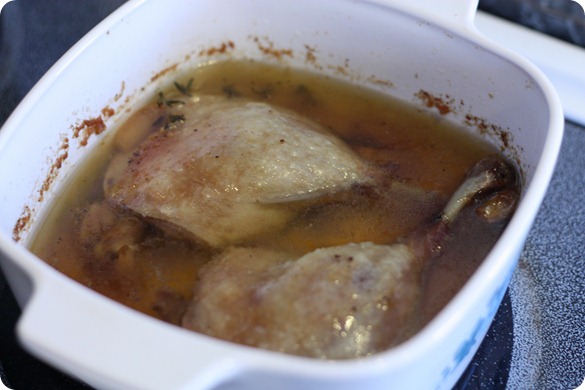
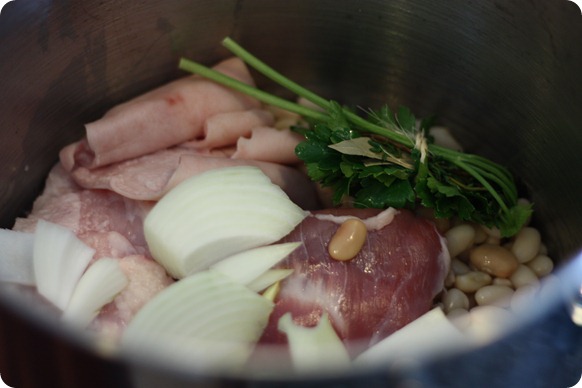
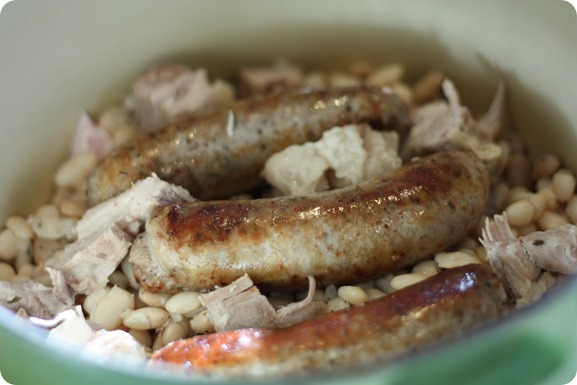
No comments:
Post a Comment